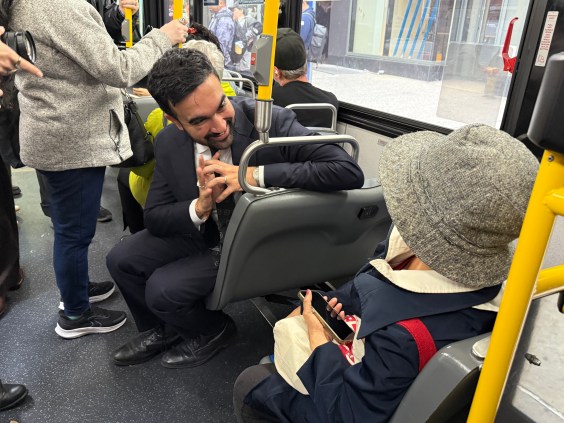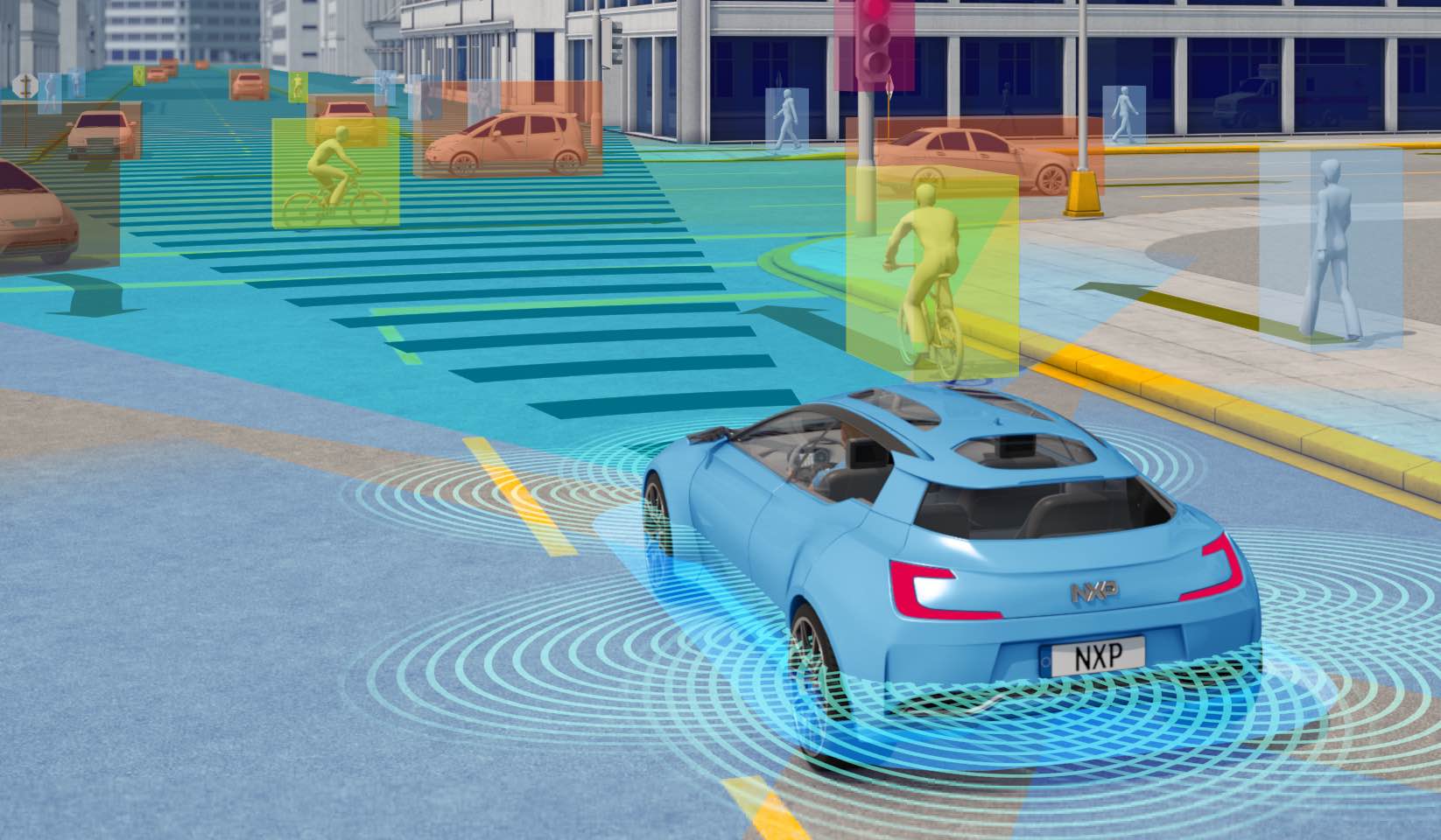
Portland is importing a new kind of bike lane design from the Netherlands. "Advisory bike lanes" allow drivers to use the bike lane space if they have to -- and if it's safe. Jonathan Maus at Bike Portland reports that advisory bike lanes are intended for streets with high bike traffic but not a high volume of car traffic, where there otherwise wouldn't be room for bike lanes:
According to PBOT project manager Theresa Boyle, the city is prepping a project that will create “advisory bike lanes” on Caruthers between SE Water and SE 7th.
Boyle says the new bike lanes will be eight-feet wide (compared the existing five-foot wide lanes) and there will be one, 16-foot wide “through auto lane” in the middle. Along the southern curb (where the encroachment problems now occur), PBOT will mark an additional four-foot wide buffer zone.
Advisory bike lanes are not a PBOT invention. They are widely used in Europe (especially The Netherlands) and the City of Minneapolis also uses them. A presentation put together by PBOT Bike Coordinator Roger Geller (PDF here) explains that advisory bike lanes are typically used when standard bike lanes don’t fit. They’re also a good solution, he says, when there is a higher volume of auto traffic than a neighborhood street.
Maus says the city will conduct a public education campaign to inform drivers of how to use them properly.
Elsewhere on the Network today: As Honolulu makes progress on building an elevated, computer-operated rail system, Market Urbanism makes the case for a widespread transition to driverless trains. And BikeWalkLee explains Florida's new pedestrian and bicycle education program.





